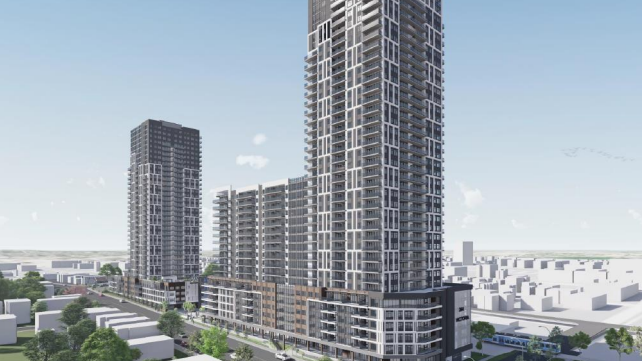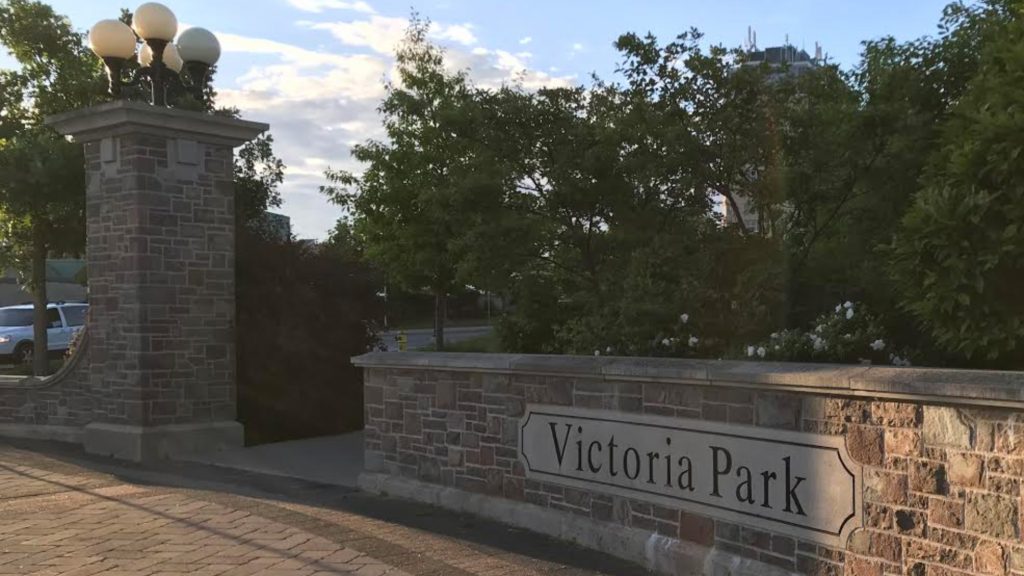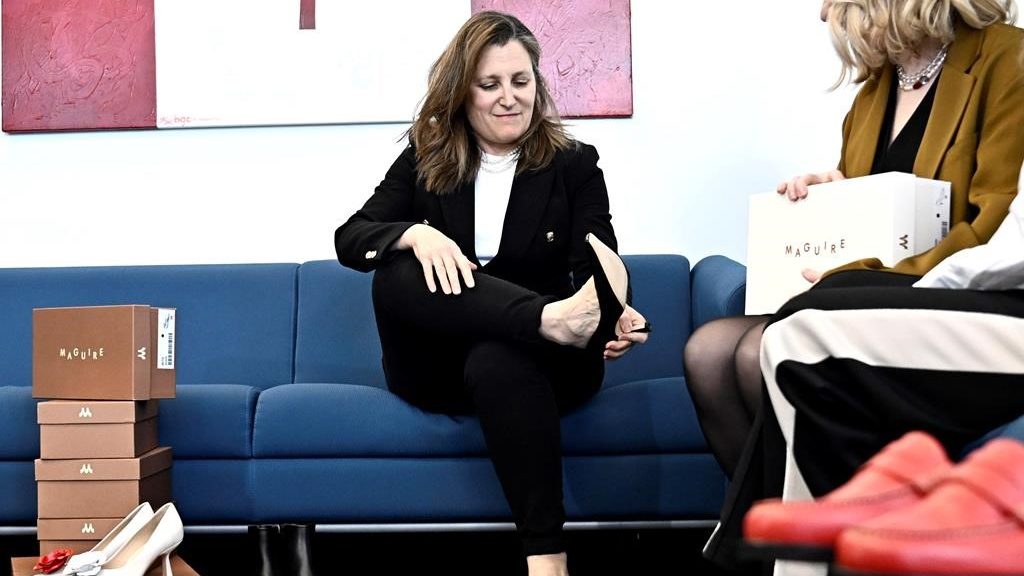Agreement on ending Ukraine conflict will face many obstacles ahead
Posted Feb 21, 2014 11:39:07 AM.
This article is more than 5 years old.
KYIV, Ukraine – Ukraine’s president and opposition leaders signed a wide-ranging agreement Friday aimed at ending a three-month crisis that exploded this week into violence that killed more than 100 people.
The agreement, thrashed out during intense overnight discussions with envoys from the European Union and Russia, addresses an array of issues that have lain at the heart of the dispute between protesters and the government of President Viktor Yanukovych.
But it remains to be seen whether the agreement can stand the test of time.
A look at the agreement’s main points and what they mean to both sides:
EARLY ELECTIONS
The agreement envisions early presidential elections, but says they can wait until December. That’s a sore point with many of the demonstrators who have occupied central Kyiv; one of their aims was the immediate resignation of Yanukovych. The country’s next presidential election was scheduled to be held in March 2015, so even if Yanukovych is defeated in early elections, he could serve all but three months of his term.
constitutional REFORM
After becoming president in 2010, Yanukovych pushed through a measure to abandon 2004 constitutional changes that reduced the power of the president. The agreement called for parliament to reverse that move, which is seen by many as having questionable legality, and parliament did so hours later. Among the powers the president lost are the right to nominate the prime minister and fire the Cabinet.
CLEAR THE CAMP
The agreement calls for “serious efforts” to get life back to normal, including the withdrawal of protesters from streets and squares. Effectively, that’s an order for the massive encampment in Kyiv’s Independence Square to pack up. No deadline for leaving has been set and many protesters are likely to move out slowly because of the solidarity the camp fostered and doubts over whether the agreement will actually be implemented. In the 2004 Orange Revolution protests, which paved the way for Viktor Yushchenko to become president, some demonstrators stayed in their camp until his inauguration.
INVESTIGATE BLOODSHED
Even before this week’s bloodshed, which saw demonstrators shot by snipers, the police were facing sharp criticism for their heavy-handed approach. Police in turn faced peril from protesters throwing stones, bricks and firebombs. As a result, the investigation into the violence that the agreement calls for is likely to be one of the most contentious issues in the days and weeks ahead. The envisioned investigation is to be done jointly by representatives from the authorities, the opposition and the Council of Europe, the continent’s leading human rights body.
STATE OF EMERGENCY
Throughout the past few months, concerns were high that the government would declare a state of emergency to give police more powers to deal with the demonstrators. The agreement stipulates that no state of emergency will be imposed, but doesn’t state a period for which that ban would be in effect.
THE ORIGINAL ISSUE
The agreement does not address the grievance that set off the protests in the first place: Yanukovych’s shelving of an agreement to deepen ties with the European Union and his decision to turn toward Russia for financial assistance instead. The avid desire of many Ukrainians to step out of Russia’s long shadow and become more integrated with the West remains a serious, unresolved issue for Ukraine.










